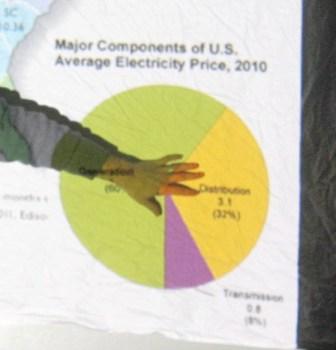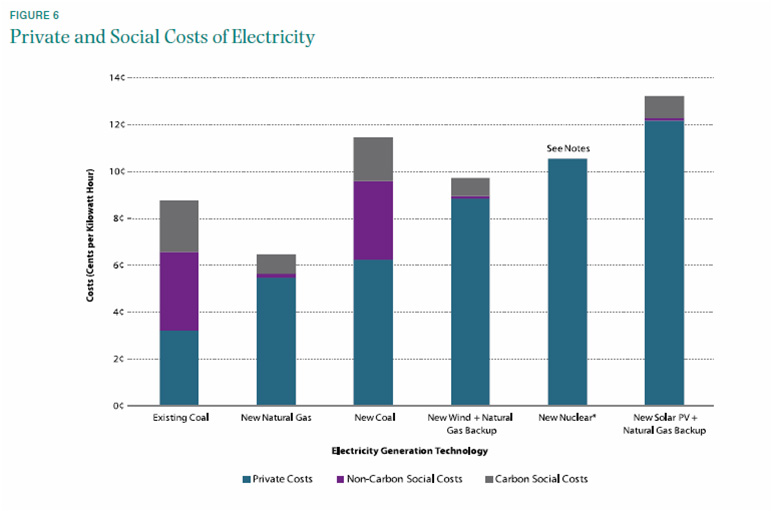Some of you have certainly read about the mishap at the “abandoned” Gold King mine site in Colorado that left Animas River a peculiar shade of orange — here is a before and after picture that I nabbed from Reddit.
The basic story is that EPA is working to reclaim and shore up a historic mine site, and one of its contractors accidentally breached a dam that led to a spill of several million gallons of toxic water into the Animas River. The High Country News tells us nine things we need to know about the spill.
In the department of self-promotion, I also used to spend time thinking about cleaning up hazardous waste sites, and recently did a Q&A with PERC about the problem of abandoned mines. If you are interested in law & economics, or some of the knotty problems of environmental policy, consider taking a look. The abandoned mines problem could use some fresh thinking, that’s for sure.








 Almost unnoticed, this week marks a terrible week for advocates of market solutions to environmental problems, including various cap-and-trade systems. The Wall Street Journal
Almost unnoticed, this week marks a terrible week for advocates of market solutions to environmental problems, including various cap-and-trade systems. The Wall Street Journal  Here are a few links for you as we bid farewell to the 2010 Lawrence economics graduates and brace ourselves for the alumni revelers descending upon campus for Reunion Weekend. As Neil Young might say, economics never sleeps.*
Here are a few links for you as we bid farewell to the 2010 Lawrence economics graduates and brace ourselves for the alumni revelers descending upon campus for Reunion Weekend. As Neil Young might say, economics never sleeps.* On a happier innovation front, the most recent EconTalk
On a happier innovation front, the most recent EconTalk  BP’s stock, which traded at a 52-week high of $62.38 on Jan. 19, 2010, closed on June 1 at $36.52 a share, down 15% on the day. The post-spill sell-off has wiped out some $68 billion of BP’s market value, knocking it down to $114 billion. With the stock now in the cellar, some speculation even has it that BP may attract a buyer.
BP’s stock, which traded at a 52-week high of $62.38 on Jan. 19, 2010, closed on June 1 at $36.52 a share, down 15% on the day. The post-spill sell-off has wiped out some $68 billion of BP’s market value, knocking it down to $114 billion. With the stock now in the cellar, some speculation even has it that BP may attract a buyer. He finds big impacts. The red line in the picture is his estimate of the time series of BP’s stock price without the spill, and the black line is the actual price. Seems like a big effect.
He finds big impacts. The red line in the picture is his estimate of the time series of BP’s stock price without the spill, and the black line is the actual price. Seems like a big effect.